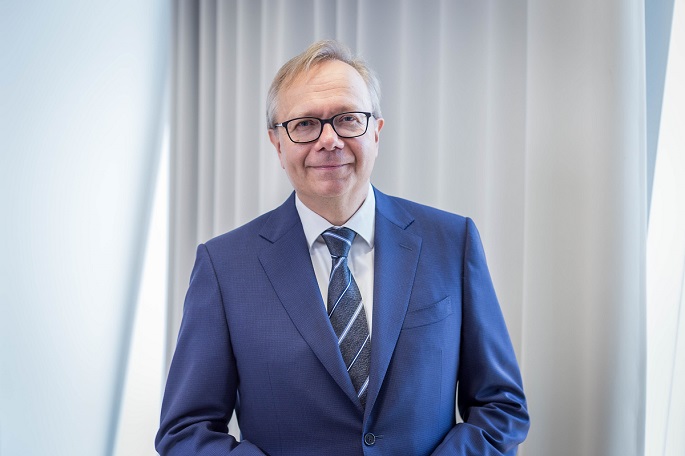OP forecasts moderate recession in 2023
Published : 22 Aug 2022, 10:53
OP’s economists predict that the Finnish economy will enter a slight recession in 2023, said OP in a press release on Monday.
GDP is expected to grow this year by 2%, in line with OP’s earlier forecasts, but 2023 economic growth is predicted to remain 0% instead of 0.6% as forecasted in the spring.
In 2024, the economy is set to recover slightly, but GDP is expected to grow by just 0.7%.
In the first half of the year, the Finnish economy grew at a brisk pace, the labour market developed favourably and companies reported healthy earnings. The economic boom is now slowly losing momentum.
In 2023, GDP growth is expected to be zero on average and the economy as whole is predicted to fulfil the criteria for a mild recession.
“Finland’s economic cycle in recent years looks similar to the situation in the middle of the last decade, although differences exist, such as interest rates. Corporate and household finances in Finland are healthy on the whole, which makes adjusting to weaker times easier and softens the blow to the economy,” said Reijo Heiskanen, Chief Economist, OP Financial Group.
Inflation is likely to peak during the autumn but, on average, prices are expected to rise rapidly next year too.
“Inflation is set to slow down in the autumn because the annual change in energy prices is expected to moderate. However, we are already seeing a broad-based rise in prices, which typically means persistent inflation. The inflation rate is indeed likely to stay clearly above the euro era average in the coming years,” said Tomi Kortela, Senior Economist, OP Financial Group.
This year, the unemployment rate is close to millennium lows and the employment rate is record high. At the same time, the number of open jobs is exceptionally high. However, when economic growth decelerates, the unemployment rate will rise and the employment rate will fall.
High inflation and tight employment market are expected to increase wage pressures.
Weakening exports and a faster rise in import than export prices are expected to lead to current account deficit already this year. For 2023–2024, the deficit is anticipated to remain at around the same level as in the middle of the last decade.
Fiscal deficit is likely to widen again as discretionary measures increase expenditure and slowing economic growth and rising prices affect expenditure. The public debt ratio is predicted to increase only slightly because inflation is set to keep nominal GDP on the rise.
“Finland is about to face a structural twin deficit. Getting out of current account deficit without closing the structural fiscal deficit seems somewhat impossible. If our country is unable to improve the fiscal side, it should try to improve export competitiveness permanently,” said Chief Economist Heiskanen.
The economy may perform better than expected if pent-up demand drives activity longer than anticipated if production bottlenecks ease and if lower raw material prices moderate inflation. Escalation of the energy crisis, higher-than-expected rise in interest rates or escalation of uncertainty may lower the economic forecast.
The Finnish economy’s biggest risks relate to the export market and weakening price competitiveness stemming from excessive pay increases.


